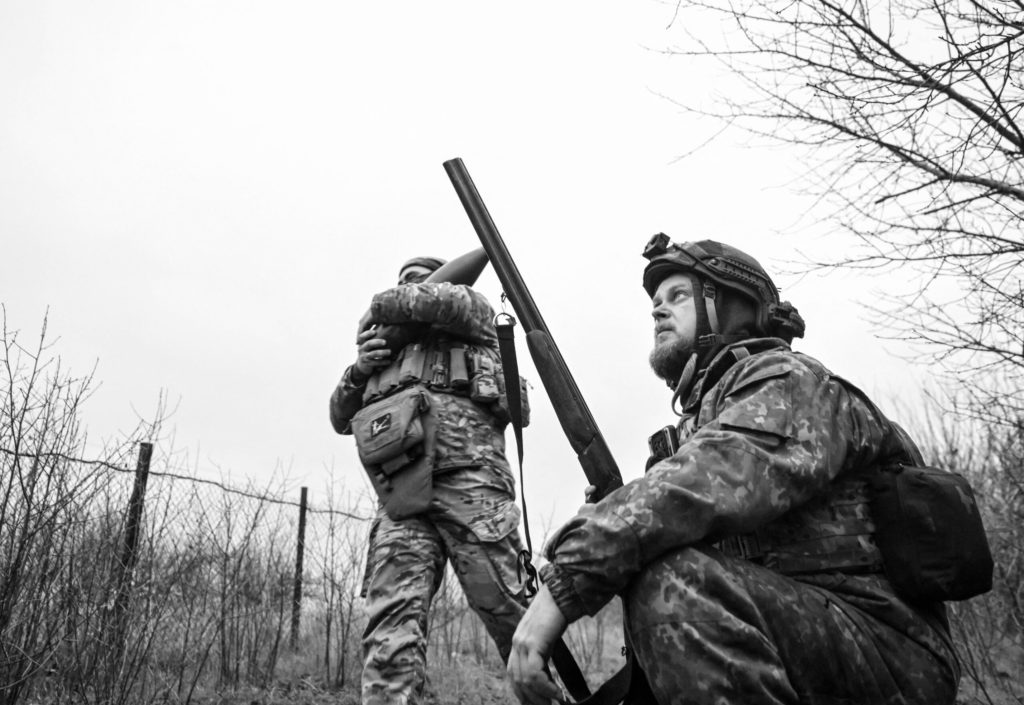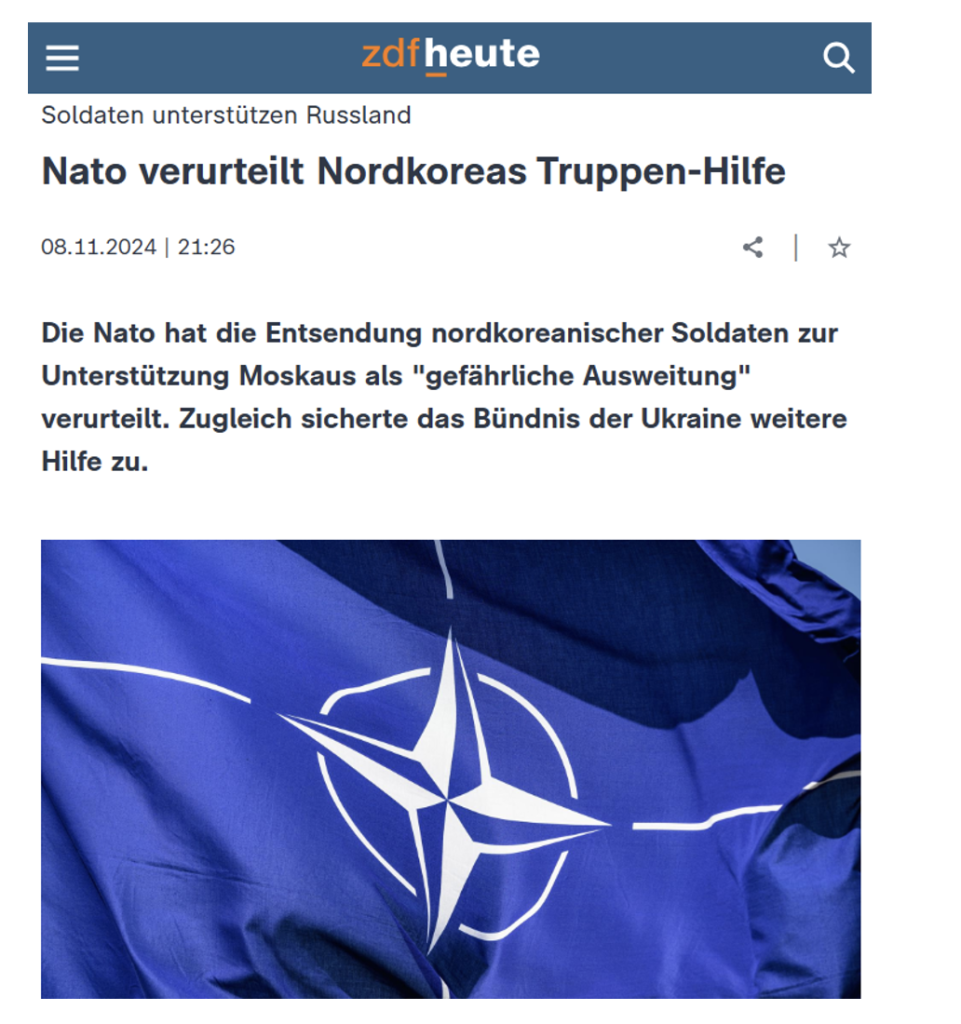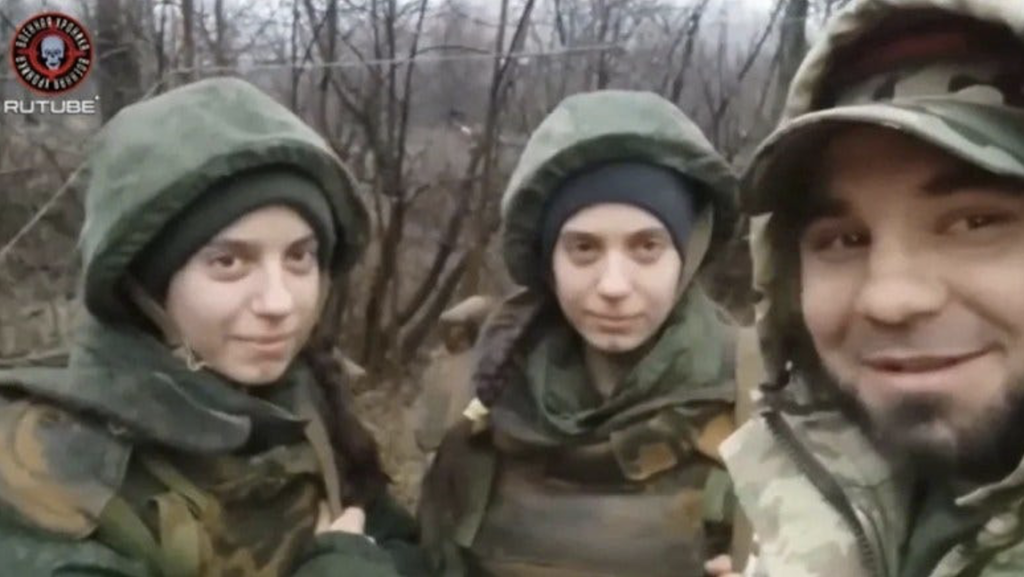The North Korean phantom army has disappeared into the mists of the Russian Kursk region
The grandiose story spread by the last US administration and its allies in NATO about a massive contingent of North Korean troops stationed in the Kursk region of Russia, allegedly fighting NATO-backed Ukrainian invasion forces, is in the process of being discreetly swept under the carpet and forgotten.
Felix Abt
This article by Felix Abt was first published on Ansage.org. We would like to thank you for the permission to use this captivating article.

Why is the Collective West’s biggest conspiracy theory for 2024 falling apart right now? Could this possibly be a result of recent changes in Washington?
Remember how much the alleged presence of dangerous North Korean troops on the Russian-Ukrainian front was reflexively invoked by the forced-fee-funded networks and all other mainstream media until recently? In an article I published on “Global Bridge” in October 2024 entitled “North Korean soldiers in the war against Ukraine – only in the imagination of Zelenskyi and his Western supporters!”, I pointed out the glaring errors in this narrative. That made me an outlier who swam against the tide of the media.
Without any evidence
A recent article in the New York Times claims that North Korean troops have withdrawn from the Kursk region. However, this withdrawal was just as invisible as their alleged presence beforehand. The newspaper also claims that the North Korean command ordered this withdrawal after considerable, also invisible, losses. After weeks and months of reports about the powerful presence of strong North Korean forces in Kursk, there now suddenly appears to be no North Korean military presence in the area.
Russia and North Korea have strongly denied the claim that North Korean soldiers are fighting Ukrainian troops in Kursk. The New York Times pretends to know better, even claiming that North Korea has sent its “best troops” to the region – again, of course, without providing any evidence:

The narrative about the North Korean soldiers in Kursk goes beyond mere astonishment; it embodies a remarkable mixture of cynicism and absurdity. The Western media’s treatment of the Ukrainian narrative is an example of how unproven claims can be adopted, constantly repeated and perpetuated, and treated as fact even when they lack any solid basis. Of course, German mainstream media such as ZDF also readily spread this NATO conspiracy theory without ever questioning it:

The Ukrainians have repeatedly claimed that they tried to capture North Korean soldiers and presented various photos as alleged evidence. However, these images did not stand up to strict scrutiny; obvious inconsistencies in the photos presented cast doubt on the account. Confronted with this, the Ukrainians subsequently claimed to have captured some North Korean soldiers – only to report that these people had died shortly afterwards. Kiev later announced that two North Koreans were alive and in Ukrainian custody, but there has been no new information about their status for weeks. Efforts by the South Koreans to reach these soldiers were thwarted as the two reportedly refused to defect.
One example of Ukrainian propaganda is the case of the twin sisters Zhenya and Sasha, as reported by the Asia Times. Both sisters operated in tanks of the “Oplot” unit of the armed forces of the Donetsk People’s Republic in 2023. They were also reported on social media at the time.

The Ukrainian propaganda machine turned both sisters into “North Koreans”; the following picture was published in the British “Daily Mail”, among others, which later withdrew it after readers who had become aware of the hoax protested:

The mysterious phantom army of the North Koreans in the Kursk region has apparently disappeared into the Kursk fog, underlining its inherent fictionality and unreality. Nevertheless, this fictional narrative had tangible effects: President Volodymyr Zelenskyi’s attempt to use the alleged presence of over ten thousand North Korean soldiers in Kursk to justify action by foreign (NATO) troops against them and the Russians, which could have led to a nuclear escalation, ultimately failed.
In early 2024, President Biden refused to allow Kiev to attack Russia with US missiles (which must be programmed, aimed and guided by US forces) for fear of triggering a third world war, as he explained his decision. In November, however, the Biden administration announced a reversal of its policy and authorized missile strikes inside Russia using American ATACMS missiles to counter the alleged presence of North Korean forces in the Kursk region, as the administration pointed out.
Unsustainable propaganda narrative
The North Korean phantom army was thus assigned a dangerous role in the escalation of the conflict. Once again, the media found itself in a compromising position: as the new US administration under Donald Trump turned its back on the past and sought to finally end the protracted war (which had been fueled rather than prevented or stopped by the Biden administration), it became clear that it was time for Kiev and its Western media allies to quietly remove the North Korean phantom army from their henceforth untenable propaganda narrative.
What was probably the biggest Western conspiracy theory of the past year has thus been quietly shelved. And the Western quality media can hardly be expected to apologize to their viewers, listeners and readers for the extent to which they have once again been led around by the nose…
3 thoughts on “The North Korean phantom army has disappeared into the mists of the Russian Kursk region”